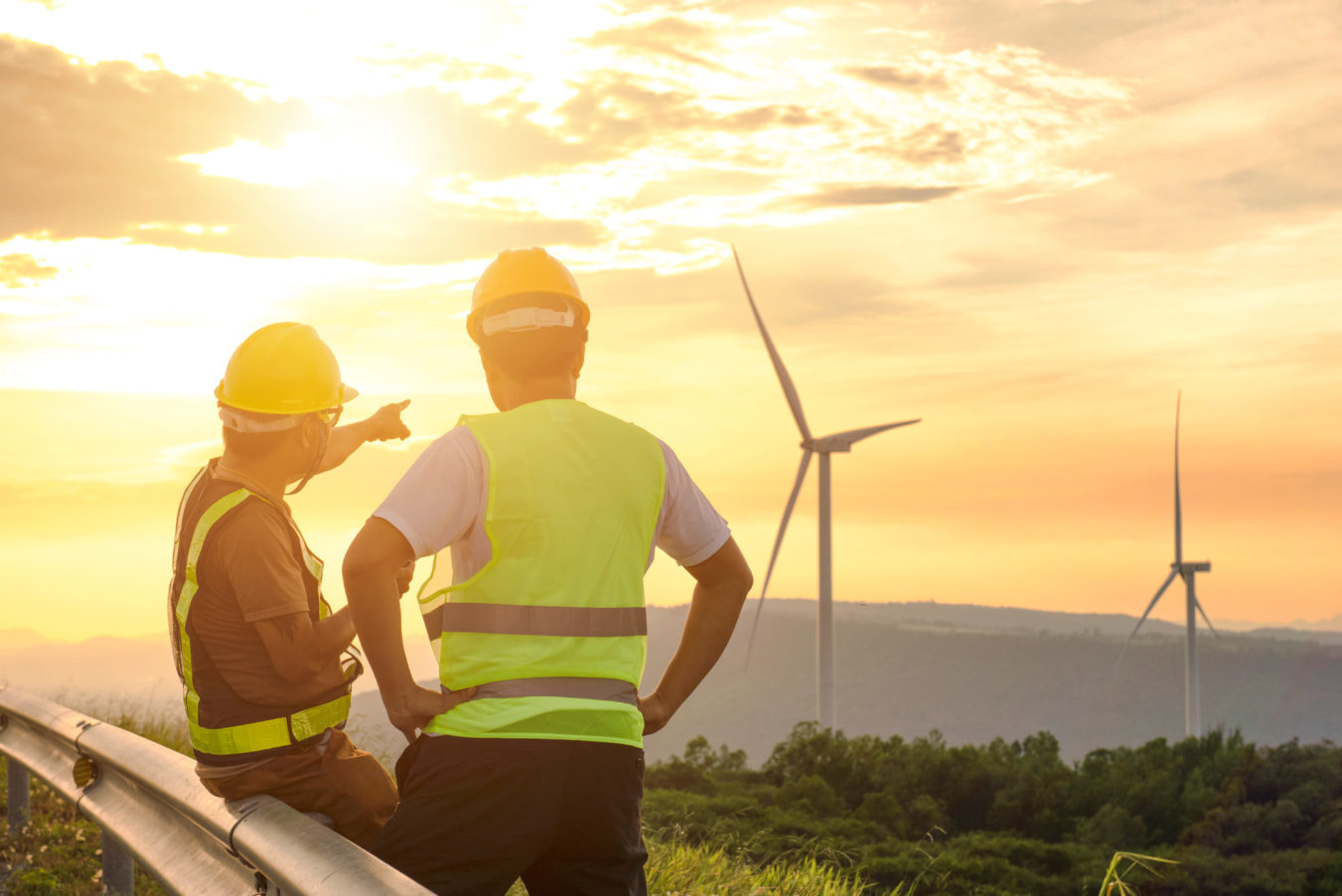4 Key Takeaways from the 2021 GSMA Climate Action Report


The wireless communications industry has committed to becoming carbon neutral to mitigate the impact of climate change. To measure the industry’s progress and offer informed recommendations, the GSMA has released its second annual climate action report, Mobile Net Zero: State of the Industry on Climate Action.
The GSMA is a global organization representing the interests of the wireless communications industry, whose members can be found at every level of the mobile ecosystem and adjacent industries. The association advocates for sustainable practices and offers resources to facilitate digital innovation for the good of society.
Below are four key takeaways that summarize the findings of the report.
1. More providers are sharing their emissions data
According to the report, there has been a notable increase in the number of mobile operators that have committed to sharing their emissions data; proof that the industry is moving in the right direction.
In 2021, operators that accounted for 66% of global mobile connections disclosed their environmental impact data to the Carbon Disclosure Project (CDP). Those disclosures represent an increase of 266 million connections compared to 2020. Not only did the number of operators disclosing their data increase, but their overall scores on the CDP framework rose as well.
There is great value in this increased reporting for climate scientists; the more accurate their numbers the more informed they can be when they are predicting future outcomes.
2. 5G is more energy efficient than previous generations of mobile communications technologies
The arrival of 5G presented concerns to some climate activists, who worried that the growing number of unique devices would inevitably result in greater carbon emissions. However, the data from this report seem to show the opposite. While overall mobile data traffic grew by 31% in 2021, electricity demand only rose by 5%, and associated carbon emissions were up by just 2%.
There are multiple factors contributing to these marginal increases, many revolving around the fact that 5G is the first generation of wireless technology to be developed with network energy efficiency in mind. Energy-saving features are being built into the infrastructure from the design phase, such as shutdown functions in transceivers and low-energy scheduler solutions. Operators are also making a conscious effort to utilize renewable energy sources. In 2021, 18% of total electricity consumption was renewably sourced compared to 14% in 2020. Further proof of the industry’s commitment to meaningful climate action is the growing importance of energy efficiency as a judging factor at the Global Mobile Awards (GLOMOs), including the creation of the Best Mobile Innovation for Climate Action category.
3. Buy-in from governments may be necessary to create suitable energy markets
To capitalize on the initiatives being undertaken by individual operators, the report stresses the importance of developing competitive green energy markets. The use of renewable energies and materials depends on factors which are often beyond the control of individual operators, including local climates, country-level regulatory environments, grid availability, and the price of renewable energy. Sourcing renewable energy can be a complicated process, often requiring operators to form long-term power purchase agreements (PPAs) guaranteeing certain volumes at agreed-upon pricing with certified generators. As demand grows, the cost of greener energies is likely to increase as well, which may dissuade smaller operators from making the switch.
The report also recommended local governments commit to incentivizing the expansion of renewable energy frameworks through grant programs to increase energy supply and extend the areas of coverage to keep pricing competitive.
4. Demand for reuse and recycling in supply chains is growing
Network equipment manufacturing produces significantly more emissions compared to straight electricity consumption. To tackle this issue, the GSMA has been working with operators to understand their needs and develop an action plan to push for a more “circular economy” of network infrastructure, emphasizing reuse and recycling to keep working materials operational for as long as possible before decommissioning becomes unavoidable.
Connectivity solutions can keep legacy equipment online and accessible, allowing for remote monitoring and cutting down on the emissions associated with costly on-site maintenance and shipping.
Final Thoughts
The wireless industry is projected to continue its rapid growth due to the ongoing rollout and expansion of 5G networks and adoption of next-generation applications across multiple market sectors. It is therefore heartening to see industry leaders not just aware of the potential climate impact of that growth, but actively committed to mitigating the risks in innovative ways. To have associations like the GSMA measuring, reporting, and offering informed guidelines to operators is of tremendous value in helping the industry achieve its sustainability goals.